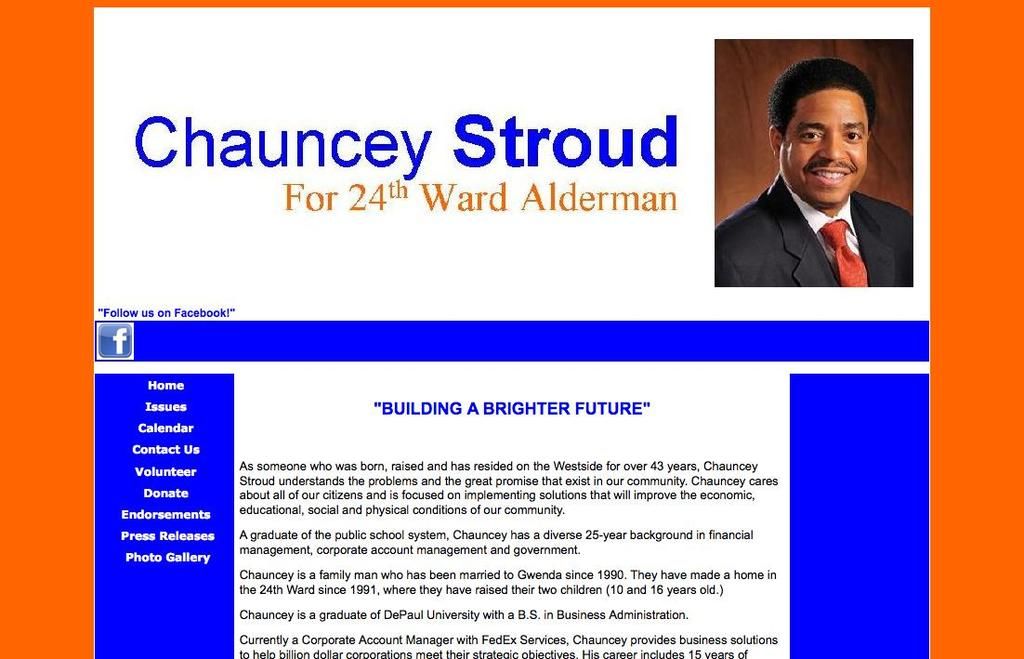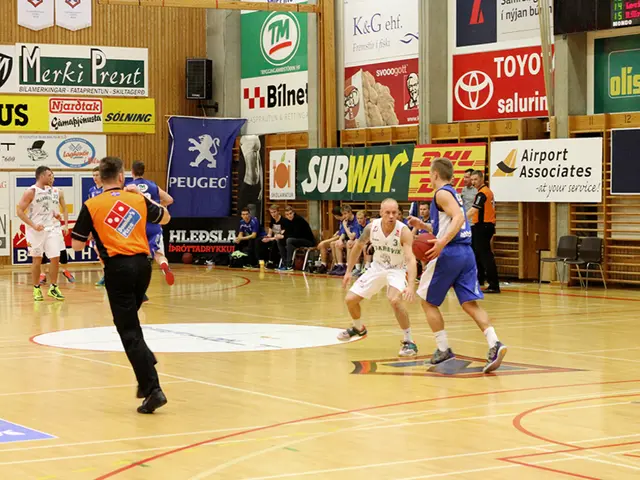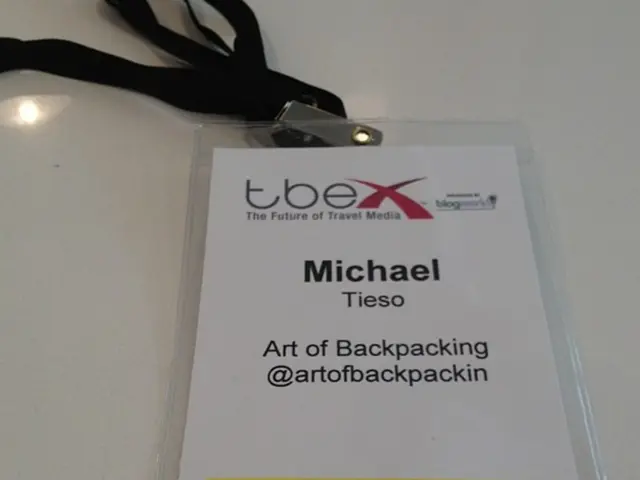Warner Bros' iconic cartoon character, Bugs Bunny, celebrates his 85th anniversary. Exploring the reasons behind his lasting popularity.
Animated Icons: Bugs Bunny through the Decades
From the cobblestone paths of Tune Town to the cosmic courts of Space Jam, the rabbit with the signature carrot and mischievous grin has ruled our screens for over eighty years. Let's explore Bugs Bunny's journey from his humble beginnings to his enduring legacy.
Take a trip down memory lane with our breakdown of the best cartoons of the 1950s and 1960s or brush up on your animation skills with our recommendations for the best animation software.
Bugs' career commenced in 1940 with the release of the groundbreaking short, A Wild Hare. This landmark production introduced Bugs Bunny to the world and established the iconic rivalry between him and Elmer Fudd. The following year, in the short Porky's Hare Hunt, Bugs made his "unofficial" debut, with April 30th celebrated as Bugs Bunny Day ever since.
Bugs rose to fame under the guidance of various talented directors, including Tex Avery, Friz Freleng, Bob Clampett, Bob McKimson, and Chuck Jones. Titles such as Hare Raising Hare (1946) became emblematic of the beloved chase cartoon genre and laid the foundation for Bugs' unforgettable character design.
Unforgettable Encounters
Delight in Bugs' wit and cunning as he outsmarts his adversaries in some of the most iconic and influential cartoons of the 1940s and 1960s:
- A Wild Hare (1940)
- Bugs Bunny makes his grand debut in this timeless short, introducing his signature personality, voice, and catchphrase.
- The Wacky Wabbit (1942)
- In this short, Bugs demonstrates his trickster character and utters the famous line, "Ain't I a stinker?"
- Hare Tonic (1945)
- This classic finds Bugs once again outwitting his foil, Elmer Fudd.
- Hare Trigger (1945)
- Introducing the character of Yosemite Sam, Hare Trigger sets the stage for another iconic Bugs rivalry.
- Rabbit of Seville (1950)
- Known for its ingenious use of Rossini’s "Barber of Seville" music, Rabbit of Seville remains one of the most inventive and enduring Bugs Bunny shorts.
- What's Up, Doc? (1950)
- In this self-referential short, Bugs Bunny and Elmer Fudd revisit their origins, showcasing the humor that became a hallmark of Looney Tunes.
- Duck! Rabbit, Duck! (1953)
- A playful parody of duck hunting that showcases Bugs' intelligence and mischief.
- Duck Amuck (1953)
- Though Daffy Duck takes center stage, Bugs is revealed as the unseen animator, demonstrating his meta influence and trickster nature.
- Knighty Knight Bugs (1958)
- Winner of an Academy Award, Knighty Knight Bugs showcases Bugs' adventures with Yosemite Sam and the Black Knight.
- Ali Baba Bunny (1957)
- A classic blend of adventure and comedy, Ali Baba Bunny follows Bugs and Daffy Duck through magical encounters.
The Lasting Impact of Bugs Bunny
Bugs Bunny has left an indelible mark on the world of animation, pushing the boundaries of humor, subversion, and self-referential storytelling. His enduring legacy is evident in the countless animators, entertainers, and cartoons that have been inspired by his quick-witted humor and clever character design. Iconic rivalries with Elmer Fudd and Yosemite Sam, as well as the use of music and self-referential humor, have left a lasting impact on animated storytelling. These classic shorts remain timeless and relevant even today, a testament to the genius behind Bugs Bunny and the world of Looney Tunes.
Discover an array of creative design tools that could aid you in sketching unforgettable animations, reminiscent of the charm Bugs Bunny brought to screen. UX and UI designers might find inspiration in the colorful art and layout of the best movies-and-tv animation software.
Pay homage to Bugs Bunny's creative legacy by revisiting the 3D artistry in his iconic encounters. Observe how animation techniques evolved in timeless classics like A Wild Hare (1940), Rabbit of Seville (1950), Knighty Knight Bugs (1958), and many more. As you delve deeper, you'll realize that Bugs' influence on animation extends beyond his signature carrot smile, reaching entertainment spheres that admire innovative humor and captivating art.
Nonetheless, the world of movies and television continues to celebrate the impact of cartoons from the 1950s and 1960s. Revisit the golden era's highlights, including Bugs Bunny's unforgettable antics, to appreciate the animators who were undeniably inspired by his clever persona and iconic character design.
Conversely, modern animators can find inspiration in the groundbreaking animations of these classic cartoons. They remind us of the potential for comedy, subversion, and self-referential storytelling in animation - qualities that echo through contemporary works, testifying to the lasting impact of Bugs Bunny and Looney Tunes' ingenious humor.
In the spirit of this icon, endeavor to combine art, animation, and creative design to craft a masterpiece that could inspire a new generation of entertainers, as Bugs Bunny once did. Embrace the UX and UI design challenges, and let your imaginative flair take center stage in your design endeavors.







